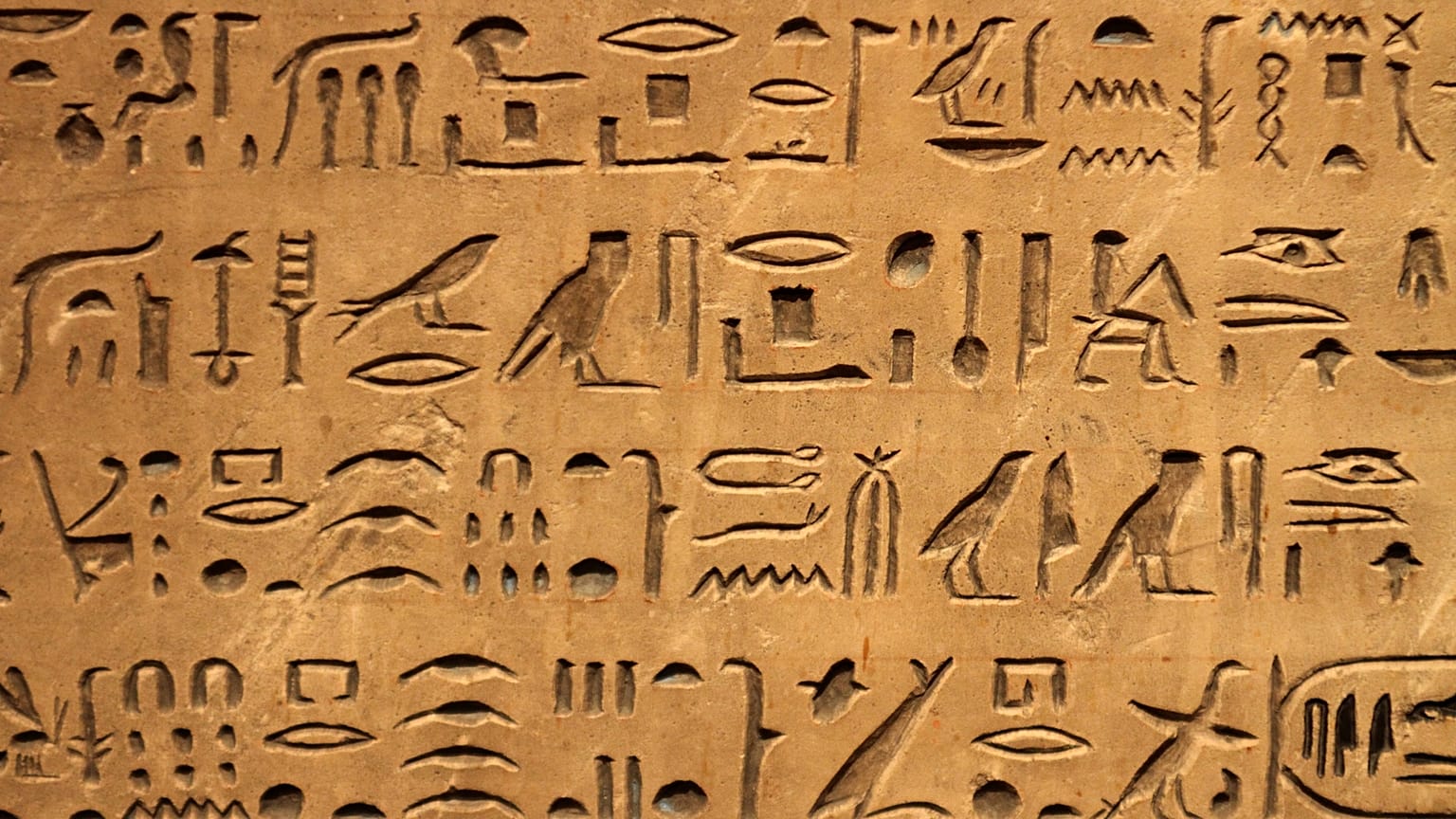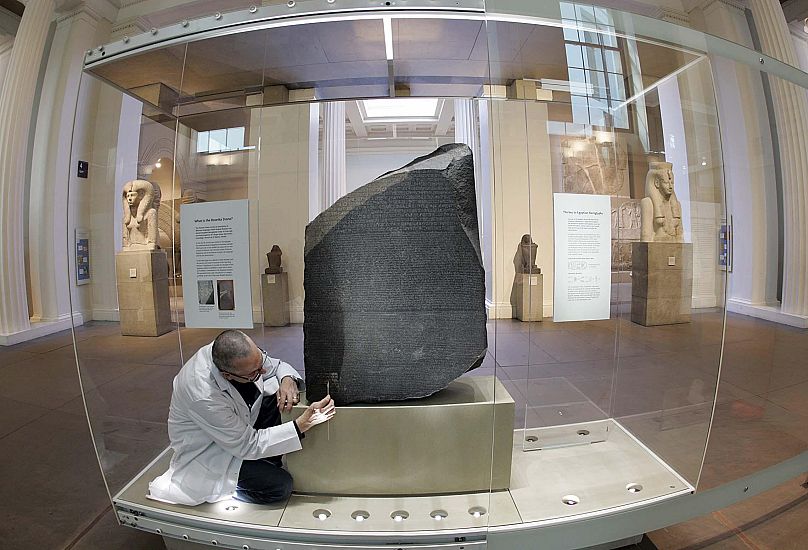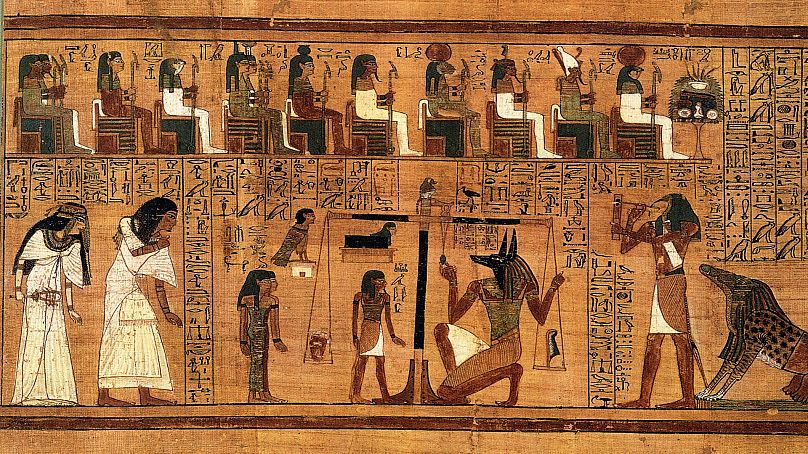27 September 1822: The day Egyptian Hieroglyphics were decoded.
From around 3200 BC all the way to 500 AD, people of the Egyptian empires used hieroglyphics as one of their writing styles. The collected periods of the Egyptian Empire are the longest dynasty in human history, and yet, after its dissolution in the 5th century, knowledge of how to read its characteristic writing style was completely lost.
Instead, subsequent generations of cultures, societies and empires were left with hordes of Ancient Egyptian artefacts, many of which were covered in what seemed to be an indecipherably alien linguistic system.
What did the symbols represent? How many symbols were there? Was there a spoken equivalent?
It took until the 19th century for many of these questions to be answered. In an era where western European historians were fascinated by the field of Egyptology, the Rosetta Stone was found. Discovered by Napoleon’s troops during his Egyptian campaign in 1799, the Rosetta Stone was carved with a decree establishing the rule of King Ptolemy V in 196 BC.
What made the Rosetta Stone unique though was that the decree wasn’t just carved in Egyptian Hieroglyphics. It had also been translated into two other languages. The first was Demotic, a cursive script that functioned as an every-day writing system for Egyptians. When the stone was discovered, Demotic was still a mystery to historians and linguists.
But the third script on the stone was the key. It was written in Ancient Greek, a language that many historians and linguists were already familiar with.
With an Ancient Greek translation directly underneath examples of Demotic and hieroglyphics, there was theoretically everything in place to translate the mysterious Egyptian languages.
A race began to be the first person to translate hieroglyphics. Plaster casts of the stone were made and given to Oxford, Cambridge, Edinburgh and Trinity College Dublin universities while the stone was relocated to the British Museum, where it has remained.
The first great discoveries were made when Swedish scholar Johan David Åkerblad and French Orientalist Antoine-Isaac Silvestre de Sacy deciphered the Greek names in the Demotic script. From there they started work on a Demotic alphabet.
The British Egyptologist Thomas Young then followed Silvestre de Sacy’s advice to deduce the phonetic hieroglyphic characters describing the same Greek names. Young managed to decode the name Ptolemy written as “p t o l m e s”. He continued to decode other similarities in the scripts, proving that the Demotic and hieroglyphics were versions of the same text.
Following this, French scholar Jean-François Champollion continued Young’s work. Champollion identified Cleopatra’s name in the text and deduced that hieroglyphics were phonetic. Previous theories that they were entirely made of logograms (that a hieroglyph of a bird meant the word “bird”), but Champollion helped decode and establish that hieroglyphics contained a combination of phonetic and logogram readings.
Champollion released his initial work on hieroglyphics on this day in 1822 alongside a lecture at the Académie royale des Inscriptions et Belles-Lettres.





















